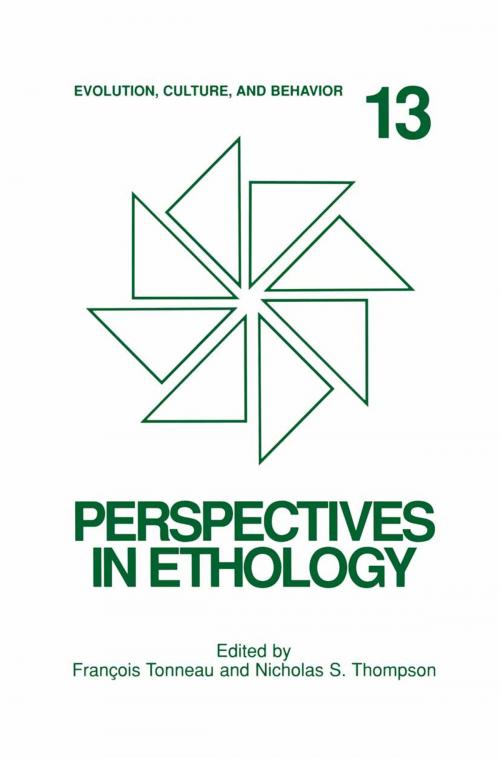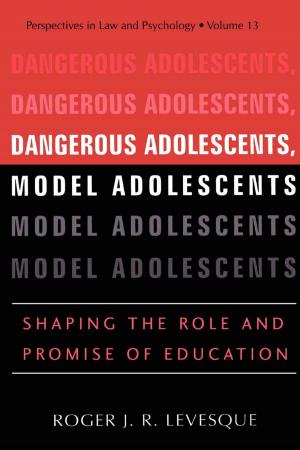Perspectives in Ethology
Evolution, Culture, and Behavior
Nonfiction, Science & Nature, Science, Biological Sciences, Evolution, Social & Cultural Studies, Social Science, Anthropology| Author: | ISBN: | 9781461512219 | |
| Publisher: | Springer US | Publication: | June 29, 2013 |
| Imprint: | Springer | Language: | English |
| Author: | |
| ISBN: | 9781461512219 |
| Publisher: | Springer US |
| Publication: | June 29, 2013 |
| Imprint: | Springer |
| Language: | English |
The relations between behavior, evolution, and culture have been a subject of vigorous debate since the publication of Darwin's The Descent of Man (1871). The latest volume of Perspectives in Ethology brings anthropologists, ethologists, psychologists, and evolutionary theorists together to reexamine this important relation. With two exceptions (the essays by Brown and Eldredge), all of the present essays were originally presented at the Fifth Biannual Symposium on the Science of Behavior held in Guadalajara, Mexico, in February 1998. The volume opens with the problem of the origins of culture, tackled from two different viewpoints by Richerson and Boyd, and Lancaster, Kaplan, Hill, and Hurtado, respectively. Richerson and Boyd analyze the possible relations between climatic change in the Pleistocene and the evo lution of social learning, evaluating the boundary conditions under which social learning could increase fitness and contribute to culture. Lancaster, Kaplan, Hill, and Hurtado examine how a shift in the diet of the genus Homo toward difficult-to-acquire food could have determined (or coe volved with) unique features of the human life cycle. These two essays illus trate how techniques that range from computer modeling to comparative behavioral analysis, and that make use of a wide range of data, can be used for drawing inferences about past selection pressures. As culture evolves, it must somehow find its place within (and also affect) a complex hierarchy of behavioral and biological factors.
The relations between behavior, evolution, and culture have been a subject of vigorous debate since the publication of Darwin's The Descent of Man (1871). The latest volume of Perspectives in Ethology brings anthropologists, ethologists, psychologists, and evolutionary theorists together to reexamine this important relation. With two exceptions (the essays by Brown and Eldredge), all of the present essays were originally presented at the Fifth Biannual Symposium on the Science of Behavior held in Guadalajara, Mexico, in February 1998. The volume opens with the problem of the origins of culture, tackled from two different viewpoints by Richerson and Boyd, and Lancaster, Kaplan, Hill, and Hurtado, respectively. Richerson and Boyd analyze the possible relations between climatic change in the Pleistocene and the evo lution of social learning, evaluating the boundary conditions under which social learning could increase fitness and contribute to culture. Lancaster, Kaplan, Hill, and Hurtado examine how a shift in the diet of the genus Homo toward difficult-to-acquire food could have determined (or coe volved with) unique features of the human life cycle. These two essays illus trate how techniques that range from computer modeling to comparative behavioral analysis, and that make use of a wide range of data, can be used for drawing inferences about past selection pressures. As culture evolves, it must somehow find its place within (and also affect) a complex hierarchy of behavioral and biological factors.















